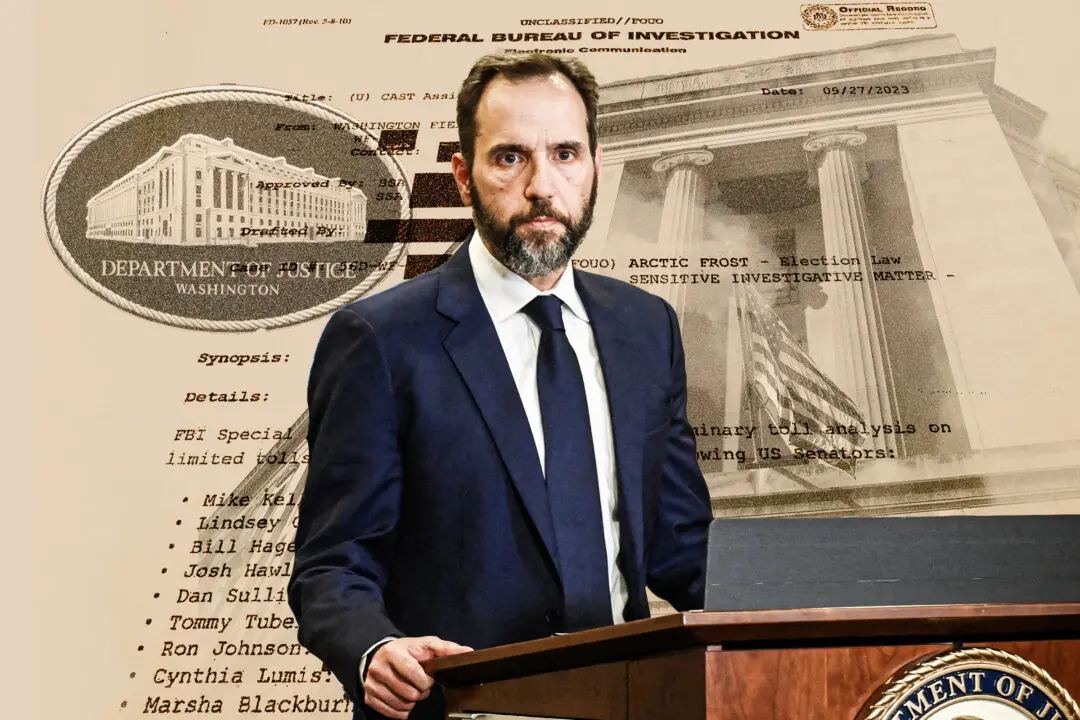Meteorologists defend the weather forecast for Winter Storm Juno that hit the East Coast on Jan. 26 despite the fact that some areas, notably New York City, saw much less snow than predicted.
The storm, dubbed #Blizzardof2015 and#snowmageddon on social media, was expected to blanket the land from Philadelphia to New England with between two and three feet of snow. Yet that didn’t come true for a large part of the area.
Philadelphia reported 1-4 inches, New Jersey 2-7 inches, and New York City between 4-12 inches.
Still, this was as good a forecast as it gets, according to the experts Epoch Times talked to.
“The forecast in general has been extremely good for this storm,” said Dr. Keith Seitter, executive director of the American Meteorological Society.
The Science of Storms
Predicting storms involves a dash of alchemy. There’s actually not one, but multiple computer models meteorologists blend together to come up with the best forecast, said Jeff Freedman, research associate at the Atmospheric Sciences Research Center of the State University of New York in Albany.
Some models predict well how a particular storm will behave. Other models may be better at predicting how much rain the storm will deliver. Meteorologists constantly upgrade the models, develop new ones, and look at how each has been performing over the past weeks. Then they settle on the right mix.
“There’s a little bit of art in there I suppose,” Freedman said.





